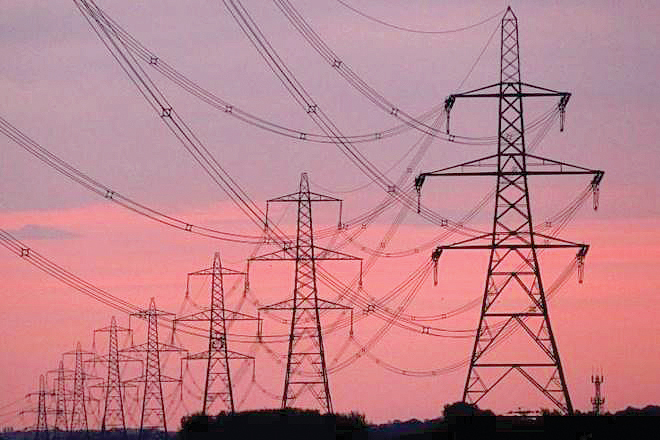

Over the next five years, the MENA region will need to invest $209 billion in the power sector according to the latest MENA Power Investment Outlook 2019-2023 report issued by The Arab Petroleum Investments Corporation (APICORP), a multilateral development financial institution.
Between 2019 and 2023, APICORP estimates that investment in the MENA energy sector could reach $1 trillion, with the power sector accounting for the largest share at 36 per cent, spurred by growing electricity demand and greater momentum for renewable energy, noted the report.
Dr Leila Benali, Chief Economist at APICORP, said: “We have observed that a large share of the funding requirements in MENA’s energy sector will go to the power sector, of which renewables account for a substantial share of around 34 per cent.”
“We also estimate that MENA power capacity will need to expand by an average of 4 per cent each year between 2019 and 2023, which corresponds to 88GW by 2023, to meet rising consumption and pent-up demand. Highly leveraged power projects in the region continue to be largely financed based on non-recourse or limited recourse structure, with debt-equity ratios in the 60:40 to 80:20 range, even 85:15 for lower risk profile projects backed by strong government payment guarantee,” further commented Benali.
According to APICORP, the power sector continues to evolve throughout the MENA region, driven by the need for countries to meet demand growth, diversify their economies and create efficiencies. The MENA region will require the addition of 88GW by the end of 2023 to meet demand growth. Governments have been accelerating their investment plans and APICORP estimates that 87GW of capacity additions are already at execution stage. This is expected to translate into $142 billion for power generation, and approximately $68 billion for transmission and distribution.
While the government remains involved at different phases of power projects, even in PPPs, the private sector is critical for risk management due to its track record in performance, technology and cost efficiency that it provides for financing.
APICORP anticipates governments and central authorities to continue to remain involved particularly in central generation and transmission, and it has noticed some forays of private sector into distributed power through aggregating sites or clusters and leasing.
During the period between 2007 and 2017, electricity consumption in the MENA region increased by 5.6 per cent compound annual growth rate (CAGR) driven by rapid economic growth, industrialisation, rising income levels, high population growth rates and urbanisation, all coupled with low electricity prices.
Oman Observer is now on the WhatsApp channel. Click here



